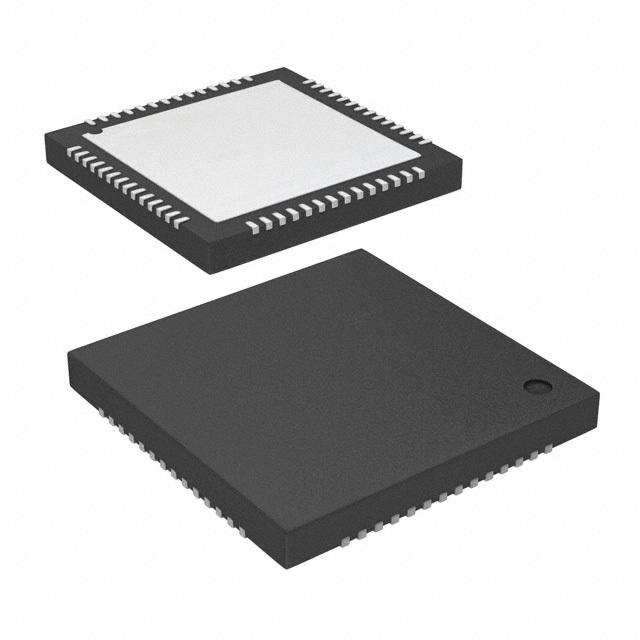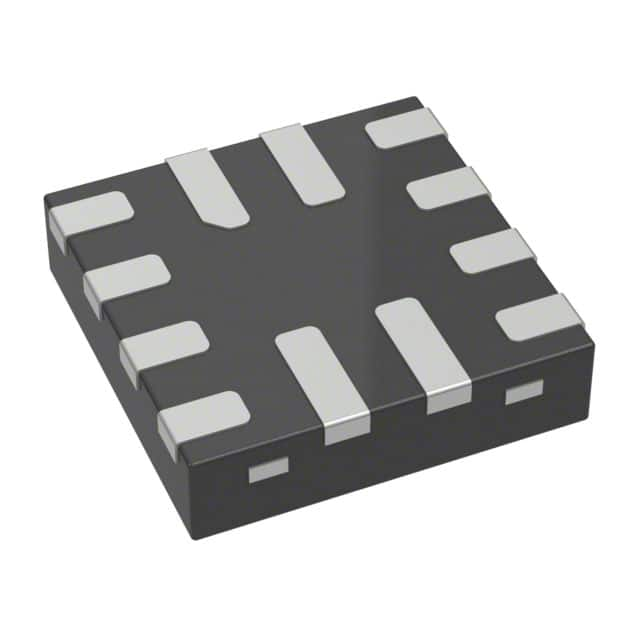Ⅰ. Interface - Controllers
Ⅱ. Physical Characteristics of Interface - Controllers
Ⅲ. Electrical Characteristics of Interface - Controllers
Interface controllers play a crucial role in managing and facilitating communication between different devices or systems. They are specialized devices or integrated circuits (ICs) designed to handle the interface requirements and protocols of various peripherals, sensors, displays, memory, or other components within a system. The primary function of interface controllers is to bridge the gap between different interfaces and enable seamless data transfer and control signal exchange.

Here's an introduction to interface controllers:
1.Communication Management: Interface controllers are responsible for managing the communication between devices or systems that utilize different interfaces or protocols. They handle tasks such as protocol conversion, data buffering, error checking, and flow control to ensure reliable and efficient data transfer.
2.Interface Support: Interface controllers are designed to support specific interfaces or standards. They provide the necessary hardware and software components to enable communication between devices using interfaces like USB, UART, I2C, SPI, Ethernet, HDMI, wireless protocols (Bluetooth, Wi-Fi), and more. By supporting these interfaces, interface controllers enable devices to interact seamlessly, even if they use different communication protocols.
3.Data Processing and Control: Interface controllers often incorporate processing capabilities to handle data formatting, error detection, and data manipulation tasks. They can perform functions like data buffering, data serialization, and deserialization. Interface controllers may also include control features to manage the flow of data or control signals between devices, ensuring smooth and synchronized operation.
4.Device Configuration and Control: Interface controllers provide a means to configure and control the connected devices or peripherals. They offer registers, configuration options, or software interfaces through which users can adjust various parameters or settings of the connected devices. This enables customization and flexibility in device integration and operation.
5.Error Handling and Reporting: Interface controllers incorporate error detection mechanisms to ensure data integrity. They can detect and handle errors such as checksum mismatches, framing errors, or transmission errors. Interface controllers provide error reporting mechanisms, allowing for appropriate error handling or recovery procedures to be implemented.
6.Power Management: Some interface controllers include power management features to optimize power consumption in the system. They can provide power management modes, sleep modes, or power-saving techniques to reduce power consumption when devices or peripherals are idle or not actively communicating.
7.Integration and Interfacing: Interface controllers are available as standalone ICs or can be integrated into larger microcontrollers, System-on-Chips (SoCs), or Field-Programmable Gate Arrays (FPGAs). They provide the necessary interfaces, pins, or connectors to connect with other devices, peripherals, or systems.
Interface controllers are widely used in various industries and applications, including embedded systems, consumer electronics, industrial automation, automotive systems, Internet of Things (IoT), and more. They simplify the process of interfacing and enable devices with different interfaces to communicate seamlessly, enhancing interoperability and enabling efficient data exchange and control.
Physical Characteristics of Interface - Controllers
The physical characteristics of interface controllers can vary depending on their specific designs, packaging, and intended applications. However, there are some common physical characteristics associated with these devices. Here are a few examples:
1.Package Type: Interface controllers are typically available in specific package types, which determine their physical dimensions, pin configurations, and methods of mounting. Common package types include integrated circuit (IC) packages such as Dual In-line Package (DIP), Small Outline Integrated Circuit (SOIC), Quad Flat Package (QFP), Ball Grid Array (BGA), and many others. The package type influences the size, shape, and mechanical compatibility of the interface controller.
2.Pins or Connectors: Interface controllers have pins or connectors that allow for easy integration into larger systems. The number and arrangement of pins or connectors depend on the specific interface standards or protocols supported by the controller. These pins or connectors enable the physical connection of the interface controller to other devices or components within the system.
3.Form Factor: The form factor of interface controllers can vary based on the application and integration requirements. They can be standalone components, integrated into larger circuit boards or modules, or even embedded within microcontrollers or System-on-Chip (SoC) solutions. The form factor affects the physical size, shape, and mounting options available for the interface controller.
4.Material and Construction: Interface controllers are typically constructed using semiconductor materials such as silicon. The construction techniques and materials used determine factors such as durability, heat dissipation, and electromagnetic compatibility (EMC) characteristics. They may include protective coatings, thermal management features, and shielding to ensure reliable operation and minimize interference.
5.Indicators and Displays: Some interface controllers may include indicator lights, LEDs, or display interfaces to provide visual feedback or status information. These indicators or displays can be used to indicate power status, communication activity, error conditions, or other relevant information.
6.Environmental Considerations: Interface controllers may need to comply with specific environmental standards or requirements based on the intended application. They may require protection against moisture, dust, temperature extremes, or electromagnetic interference (EMI). Environmental considerations can be addressed through conformal coatings, specialized enclosures, or robust design practices.

Electrical Characteristics of Interface - Controllers
The electrical characteristics of interface controllers are essential in determining their functionality, compatibility, and performance within a system. These characteristics ensure proper communication and data transfer between devices or systems. Here are some common electrical characteristics associated with interface controllers:
1.Operating Voltage: Interface controllers have specific operating voltage requirements that dictate the power supply they need to function correctly. The operating voltage is typically specified in terms of voltage levels or a voltage range, and it ensures that the controller receives the necessary power for proper operation.
2.Current Consumption: Current consumption refers to the amount of electrical current that an interface controller draws from the power supply during its operation. It is an important consideration, especially in low-power or battery-operated applications, as it affects power efficiency and battery life.
3.Signal Levels: Interface controllers operate with specific signal levels that define the voltage or current levels used for communication or data transfer. These signal levels can vary depending on the specific interface or protocol being used. For example, digital interfaces like UART, SPI, or I2C have defined voltage thresholds to represent logic high and logic low states.
4.Data Transfer Rate: Interface controllers that involve data transfer have specified data transfer rates or bandwidths. The data transfer rate indicates the maximum amount of data that can be transmitted or processed within a given time period, usually expressed in bits per second (bps) or a multiple thereof (Kbps, Mbps, etc.).
5.Input and Output Impedance: The input and output impedance of an interface controller refers to its electrical resistance to the flow of current. It is an important characteristic, especially when connecting the controller to other devices or systems, as impedance matching ensures efficient signal transfer and prevents signal reflections.
6.Compatibility: Interface controllers need to be compatible with the specific interfaces, protocols, or standards they are designed to work with. They must comply with the electrical characteristics and specifications required by those interfaces. This includes voltage levels, signal timings, signaling methods, and other relevant parameters.
7.ESD Protection: Electrostatic discharge (ESD) protection is crucial for interface controllers to safeguard them against electrostatic discharges that can occur during handling or operation. ESD protection features can include built-in protection circuits or external components to ensure the controller's robustness and reliability.
8.Noise and EMI Considerations: Interface controllers should address noise and electromagnetic interference (EMI) concerns to ensure signal integrity and minimize interference with other components or systems. This may involve incorporating noise filtering techniques, shielding, or compliance with electromagnetic compatibility (EMC) standards.



